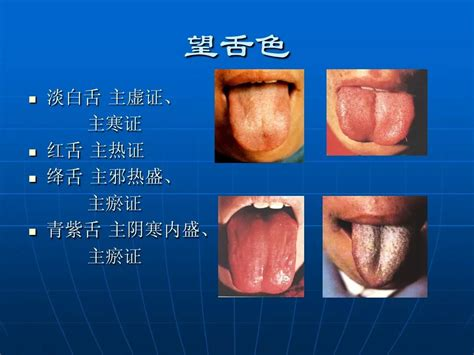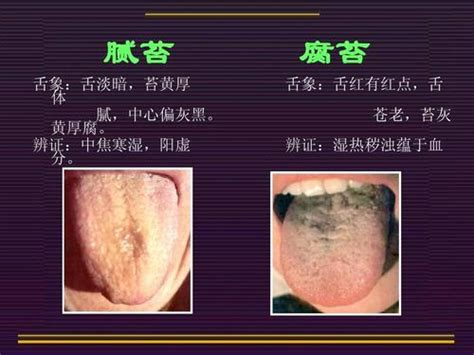The tongue diagnosis chart in Traditional Chinese Medicine (TCM) is an important component of TCM diagnostics. By observing the shape, color, and coating of the tongue, practitioners can assess the health status and disease types of the body. Below is a detailed analysis of the TCM tongue diagnosis chart:1. Basic Principles of Tongue DiagnosisTongue diagnosis is one of the four diagnostic methods in TCM, which include observation (望), listening (闻), inquiry (问), and palpation (切). It primarily involves observing the tongue’s shape, color, and coating to determine the health status of the body. The theoretical basis of tongue diagnosis includes:
- The relationship between the tongue and the organs and meridians: The tongue is considered the sprout of the heart, with the tongue surface corresponding to the organs and meridians, and the tongue quality closely related to organ function.
- The relationship between tongue appearance and pathology: By observing changes in tongue appearance, one can determine the balance of pathogenic and healthy factors, the location and severity of the disease, as well as the prognosis.
2. Main Content of Tongue Diagnosis1) Tongue QualityTongue quality refers to the texture and shape of the tongue, including tongue color, shape, and state.
- Tongue Color: Common tongue colors include pale red, pale white, bright red, bluish-purple, and dry white. For example, a pale red tongue indicates normal health, a pale white tongue may suggest blood deficiency or cold syndrome, a bright red tongue may indicate heat syndrome, and a bluish-purple tongue may suggest blood stasis or poisoning.

- Tongue Shape: This includes characteristics such as old or young appearance, fat or thin, cracks, and teeth marks. For example, an old tongue may suggest yin deficiency or heat syndrome, a young tongue may indicate deficiency-cold, and a cracked tongue may suggest excessive heat or yin deficiency.
- Tongue State: This includes normal state, deviation, stiffness, and tremor. For example, a deviated tongue may suggest internal wind of the liver, while a trembling tongue may indicate heat disturbing the heart spirit.
2) Tongue CoatingTongue coating refers to the thin film covering the surface of the tongue, and its color and texture can reflect pathological changes such as internal damp-heat and phlegm-dampness.
- Coating Quality: This includes moist, dry, thick, and greasy. For example, a moist coating may suggest internal damp-heat, while a dry coating may indicate yin deficiency.

- Coating Color: This includes white coating, yellow coating, and gray-black coating. For example, a white coating may suggest cold syndrome or damp syndrome, a yellow coating may indicate heat syndrome, and a gray-black coating may suggest internal cold or dead cold.
Classification of Typical Tongue AppearancesMany books and resources provide detailed classifications and analyses of tongue appearances. For example:
- The “Color Atlas of Tongue Diagnosis in TCM” classifies tongue appearances into categories such as rosy tongue, dry tongue, pale red tongue, pale white tongue, bright red tongue, and bluish-purple tongue, along with clinical case analyses.
- The “Practical Color Atlas of Tongue Diagnosis in TCM” provides 260 typical tongue appearance photographs, categorized into tongue appearance classification, syndrome tongue analysis, and clinical application cases.
High-Definition Charts and Intelligent AnalysisWith the advancement of technology, TCM tongue diagnosis charts are gradually evolving towards high-definition and intelligent analysis. For example:
- High-definition charts are captured using high-resolution digital cameras to ensure the accuracy of tongue appearance features.
- Intelligent tongue diagnosis systems utilize deep learning technology for quality assessment and analysis of tongue appearances, improving diagnostic efficiency.

